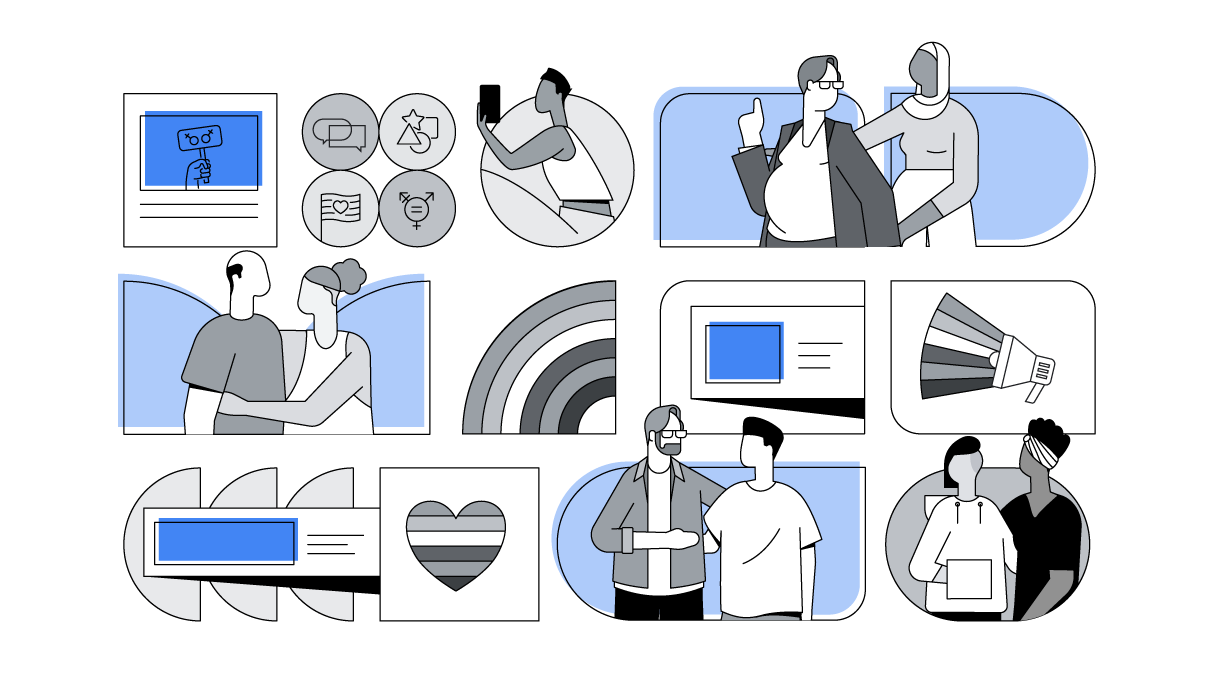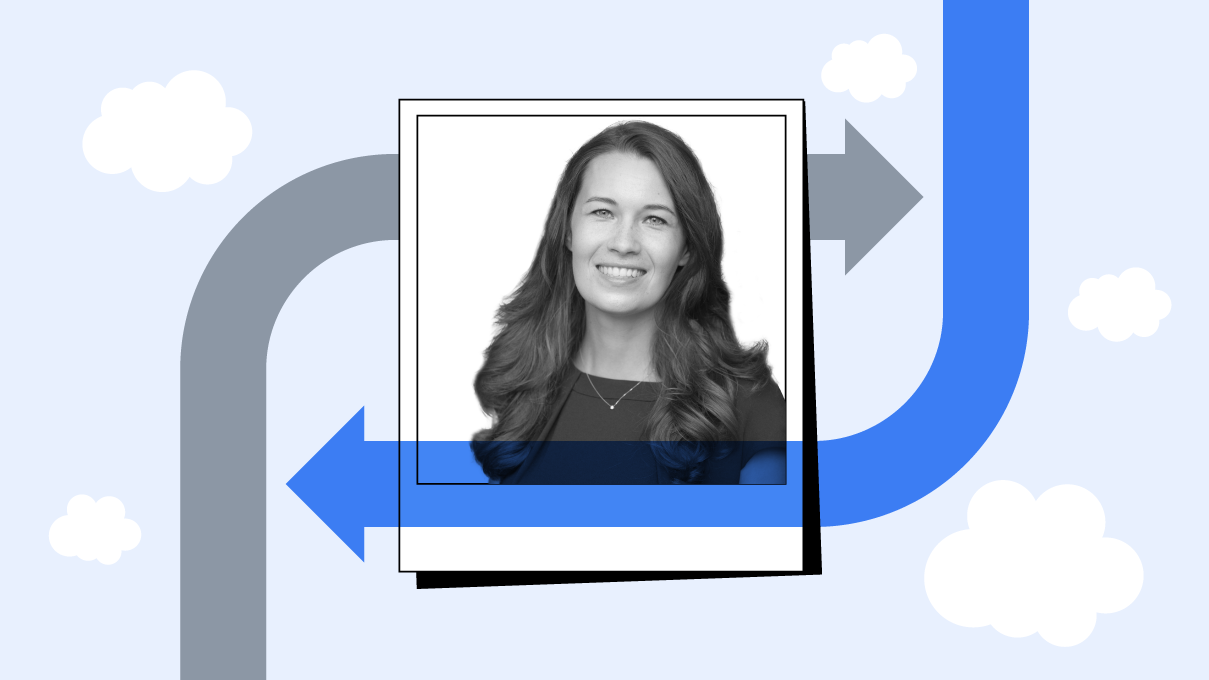Rich Miles is CEO of The Diversity Standards Collective (DSC) and an award-winning former creative director. As a queer, neurodiverse, single adoptive dad, he founded The DSC to help brands connect with marginalised communities.
The U.K. is increasingly diverse and all the richer for it. When combined, communities often labelled as minorities — including LGBTQIA+, Black, Asian, and disabled people — constitute 38% of the population.1
Yet the advertising and marketing industry operates in a world almost entirely separate from this reality. The core issue is a long-standing need for better representation, coupled with the belief that we can address issues specific to marginalised groups without involving them in the conversation.
It perhaps shouldn’t be surprising that, as a result, over half of people in a recent survey said they don’t feel culturally represented in online ads. Brands have the power to change this. They can help people feel proud, represented, and noticed, while educating others in the industry — and it starts by asking the right questions.
Genuine representation is in the detail
Authentic representation in advertising relies on two essential elements: casting and culture. While relying solely on casting risks tokenism, focusing only on culture without appropriate casting can lead to appropriation.
Typically, it’s in the cultural details where advertisers go wrong — for instance, placing a South Asian woman in her sixties in a stereotypical young white woman's flat, showing a Black woman with a hairbrush she can’t use, or featuring a deaf man in a house lacking a visual alert system by his front door. Overlook these community-specific nuances and diverse casting can feel like box-ticking, and undo otherwise good work.
Brands have the power to help people feel proud, represented, and noticed — and it starts by asking the right people the right questions.
Ensuring genuine authenticity in representation can engage new audiences and open up opportunities. For example, U.K. brands tend to advertise yoghurt as a breakfast item with granola, but recent DSC community research unearthed that in South Asian cuisine it is more often used as a condiment. If a brand features this consumption habit in their advertising, they’re not just authentically including South Asian audiences; they’re also showcasing their product in a new way.
The challenge is that many advertisers struggle to gain these insights due to a lack of connections or knowledge on which questions to ask. Internal diversity is often limited and when there are minority individuals present, they may be burdened with representing their entire group. Externally, brands don’t know where to look or run into obstacles related to GDPR and privacy concerns.
People want to see meaningful change
The DSC was born from a desire to provide nuanced and progressive representation for all communities. It’s an intersectional and diverse research collective of consumers and industry professionals encompassing seven broad categories: ethnic group, social background, LGBTQIA+, religion, disability, age, and gender.
As we know the intersectionality and background of each of the respondents in our system, we can specifically target the community our clients want to speak to. This allows us to run focus groups or conduct surveys with people who truly understand diversity and provide cultural insights and solution-based feedback.
Ensuring genuine authenticity in representation can engage new audiences and present brands in innovative ways.
For example, Marks & Spencer (M&S) and its media agency, Mindshare, came to us wanting to understand why its bra-fitting service wasn't resonating with Black, transgender, and disabled communities. We used The DSC’s unique online community research software to speak with relevant groups to collect quantitative data enriched with qualitative, personal responses.
Our research revealed common concerns across these communities, such as feeling unaccommodated and unseen. Black customers reported feeling misunderstood by staff, trans individuals highlighted challenges with changing body sizes, and disabled customers found the bras uncomfortable.
For the authenticity of the accompanying advertising campaign, “It Starts With a Bra Fit”, we consulted our professional council to guide M&S on the most effective approach. These insights were instrumental in helping them develop a more inclusive bra-fitting service that catered to the needs of all consumers.
LGBTQIA+ members from our professional council also collaborated with ad agency Lucky Generals on Virgin Atlantic’s campaign, offering full campaign community guidance from ideation to storyboards through to final content checks.
“Your Uniform, Your Identity, Your Choice” won a British LGBT award for its genuine connection with the community. It led to an unprecedented surge in company applications and marked the highest annual brand growth for Virgin Atlantic.
The campaign — and Virgin’s proactive move to revise its uniform policy — exemplifies the kind of meaningful change that people want to see from brands.
Diversity will never be a checkbox or a job done
The fear of making mistakes can be daunting for brands, creating a sense of inertia. But no one is expected to have all the answers. What’s crucial is asking the necessary questions of those who are best placed to answer them and genuinely listening to what they have to say.
Marketers and creatives who are inquisitive and open to new perspectives can discover new aspects of their brand and unlock opportunities.
But diversity will never be just a checkbox or a job done. Communities evolve and progress can so easily be undone. Improving representation is a continuous journey of learning and adapting, being brave, and standing up for what you believe in. Don’t be held back by what you don’t know about your diverse customers; have the conversation, run the hypothesis, and never be afraid to just ask.





